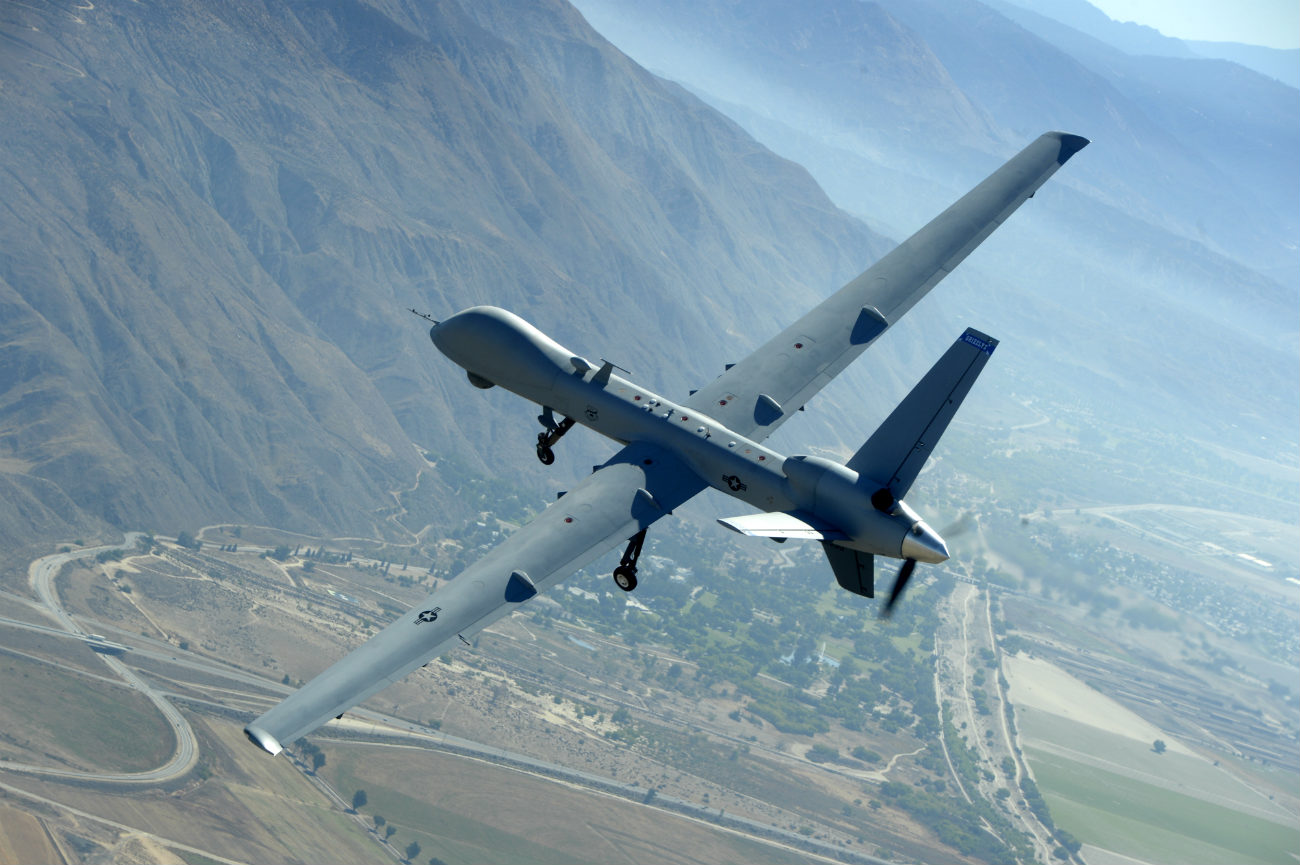The latest U.S. arms sale to Taiwan is no game changer, but some of the items approved for transfer suggest greater willingness on Washington’s part to provide counterforce weapons to its Asian ally.
The Donald J. Trump administration last week released its first arms package for Taiwan, ending months of speculation that longstanding military assistance to the democratic island-nation may have been overshadowed by Washington’s attempt to secure Beijing’s assistance on the North Korea issue.
Although we can’t be certain whether rapprochement with Beijing — an ephemeral affair, it now seems — or institutional drag due to the absence of appointments to key positions in U.S. government was responsible for the delays in announcing an arms package to Taiwan, last week’s notification sends a welcome signal of continuity to Taipei at a time of mounting pressure from China and diplomatic isolation for Taiwan.
The U.S. State Department’s announcement of the approval of seven possible foreign military sales to Taiwan, valued at US$1.363 billion, occurs 562 days since the last U.S. arms package to its ally (US$1.83 billion) in December 2015. It is the first approved arms sales to Taiwan since Tsai Ing-wen of the Taiwan-centric Democratic Progressive Party (DPP) assumed the presidency on May 20, 2016.
According to the Defense Security Cooperation Agency (DSCA), last week’s package consists of 16 Standard Missile-2 (SM-2) Block IIIA All-Up Rounds, 47 MK 93 MOD 1 SM-2 Block IIIA Guidance Sections, 5 MK 45 MOD 14 SM-2 Block IIIA Target Detecting Devices Shrouds and 17 MK 11 MOD 6 SM-2 Block IIIA Autopilot Battery Units (US$125 million); 168 MK 54 Lightweight Torpedo Conversion Kits (from MK 46 Mod 5 torpedoes), spare parts and other support and assistance (US$175 million); 46 MK 48 Mod 6 Advanced Technology Heavyweight Torpedoes (US$250 million); hardware, software, and other upgrades to the AN/SLQ-32(V)3 Electronic Warfare Systems for Taiwan’s Keelung-class destroyers (US$80 million); 56 AGM-154C Joint Standoff Weapons (JSOW) Air-to-Ground Missiles (US$185.5 million); 50 AGM-88B High-Speed Anti-Radiation Missile (HARM) (US$147.5 million); and Surveillance Radar Program (SRP) Operations and Maintenance follow-on sustainment (US$400 million).
Anyone who expected the latest package to alter the military balance of power in the Taiwan Strait is missing the point of U.S. arms sales to Taiwan. There is no catching up to the massive arms buildup that has occurred in China following substantial investments over two decades and a modernization program made largely possible by acquisitions from Russia and Ukraine. Permitted under the Taiwan Relations Act, U.S. arms sales to Taiwan are meant to signal political support for Taipei and, with Taiwan’s changing military strategy over the years, to bolster its deterrent capability and thereby reduce the likelihood that Beijing will call upon the People’s Liberation Army (PLA) to use force against Taiwan.
Nevertheless, from a qualitative perspective the latest package contains some interesting elements which suggest greater willingness on Washington’s part to sell weapon systems to Taiwan that are not purely defensive in nature, a limitation that has long guided arms transfers to the island-nation. Some of the articles reflect a shift in Taiwan’s defense posture from static defense toward counterforce — the ability to strike targets in China or before they cross the median line in the Taiwan Strait. Three systems — the MK 48 Mod 6AT heavyweight torpedoes, AGM-88B HARMs and AGM-154C JSOW air-to-ground missiles — fall in this category and will complement indigenous weapons currently deployed by Taiwan’s Navy and Air Force.
According to Raytheon, the submarine-launched MK 48 Mod 6 AT is “a heavyweight torpedo designed for optimum effectiveness against all targets, in both littoral and deep-water environments.” It is designed to attack fast, deep-diving nuclear submarines as well as high-performance surface ships with a 295 kilogram warhead at a range of 20.5 nautical miles.
Developed jointly by the U.S. Navy and Raytheon, the air-launched AGM-88B HARM’s primary mission is to “suppress or destroy surface-to-air missile radar and radar-directed air defense artillery systems” with a 68 kilogram warhead at a maximum range of 105 kilometers (57 nautical miles).
The AGM-154 JSOW is a precision air-to-surface glide missile manufactured by Raytheon. The C variant of the AGM-154 sold to Taiwan employs a 500-pound blast fragmentation/penetrator warhead, developed by BAE Systems, to attack fixed-point targets including industrial facilities, logistical systems and hardened tactical targets with up to 1.5 meters of reinforced concrete. It has a range of 12 nautical miles (low altitude) and approximately 70 nautical miles (high altitude) and uses a GPS-inertial navigation system and thermal imaging infrared seeker.
Both the AGM-88B and AGM-154 will be fitted on Taiwan’s F-16s.
Although the number of missiles sold is rather limited, their approval for sale to Taiwan suggests that an important psychological threshold (opposition to selling offensive technology) has been crossed: and once a system has been sold to an ally, future procurement of additional rounds should be a formality.
You might also like
More from Cross-Strait
Taiwanese Celebrities Who Bow to China: A Tempest in a Teapot
Taiwanese entertainers Ouyang Nana and Angela Chang have sparked controversy in Taiwan over news that they will perform at China’s …
In Memoriam: Lee Teng-Hui and the Democracy That He Built
The former president of Taiwan is the incontestable refutation of the belief that history is merely an impersonal force, that …
Beijing Was Cooking the Frog in Hong Kong Well Before the National Security Law
Well before the coming into force of the NSL on July 1, the special administrative region had already become a …









